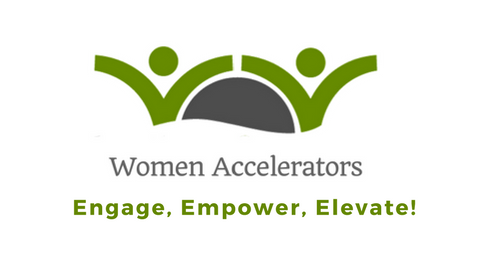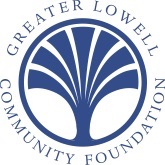Written by Susu Wong, MBA, de la Femme COO.
My company recently posted an entry-level administrative position, and I have been surprised to find that over 90% of the applicants are women with bachelor’s degrees who were predominately majoring in liberal arts, journalism, sociology, and business administration, etc. One can argue that this is attributed to the weak economy and there is a lack of job openings, but if this is the case, why aren’t men applying? Perhaps one of the reasons is because men tend to shy away from liberal arts type courses and pursue science and engineering degrees.
Between 2000 and 2008, the total number of 4-year engineering degrees awarded in the US increased from 59,497 to 69,895. Of the over 10,000 additional degrees, nearly all of them went to male students. While the number of degrees awarded to females remained constant at around 12,500, those awarded to males increased by about 1,200 per year; from 47,281 in 2000 to 57,977 in 2008. This increase in turn reduced the percentage of women receiving engineering degrees by about 2 percent, from 20.5% to 18.5%. [1]
According to the statistics from the National Science Foundation, half of the workers in science and engineering occupations earned $70,600 or more in 2007, more than double the median earnings ($31,400) of the total U.S. workforce. Workers with science and engineering degrees, regardless of their occupations, earn more than workers with comparable-level degrees in other fields. [2]
There seems to be a direct correlation in wage gap because women are starting their early careers in lower-level administrative positions while their male counterparts are pursuing science and engineering fields, hence men are advancing their careers at a much faster pace. This is one of the reasons why women are generally making less money than men and can’t seem to get ahead.
In science, technology, engineering, and mathematics (STEM), women’s progress has been slower, especially in engineering, computer science, and physics. According to a study conducted by AAUW, the findings are organized into three areas: social and environmental factors shaping girls’ achievements and interest in math and science; the college environment; and the continuing importance of bias, often operating at an unconscious level, as an obstacle to women’s success in science, technology, engineering, and mathematics.
Middle school and High school teachers have to proactively cultivate girls’ achievements, interest, and persistence in science and engineering. Many girls show aptitude and interest in math and science through middle school. Whether driven by social pressures or other factors, a large percentage of these girls do not persist through high school in taking the necessary courses needed to major in science and engineering in college.
Possible solutions:
We need to have more female role models and mentors who have demonstrated success in science and technology. We have to break the stereotype that women engineers are geeky and unpopular.
- Internship: Female students tend to go to liberal arts programs because they are often undecided in declaring their majors. One of the best ways to explore options is internship. Programs and flexible course options that allow students to explore both a STEM field and a non-STEM field major as a freshman may encourage more women to select a STEM major.
- Get college involvement: College professors need to create college environments and develop programs that support women in science and engineering, and counteract bias.
- Conduct informational interviews: Conduct informational interviews or meetings with practicing professionals for the purpose of learning more about their jobs. This type of interview provides a rare opportunity to gain invaluable, up-to-date knowledge about a specific business or industry from an “insider.”
- Find a mentor: There are a lot of resources on mentorship. For example, The Association for Women in Science (AWIS) offers local Mentoring program, resources. Another good site to consider is MentorNet, which offers a matching service for both mentors and mentees.
Ultimately, the decision rests on the individual’s preferences and interest, but at least she is choosing her field with eyes wide open.

